The worst thing that can happen to you while driving is a crash. A car accident is an accident that started or happened on the road, with at least one vehicle in motion, one person injured, injured or causing more or less material damage.
The cause of these accidents lies precisely in the irresponsibility of traffic participants, who influence the creation of errors in many ways. Some of these behaviors include improper or irregular driving, such as disrespecting traffic signs, improper or improper speed, psychophysical condition of the driver, malfunctioning of vehicles and roads, failure to provide traffic permits and improper traffic activities.
The causes of traffic accidents can be prevented and their consequences reduced by preventive measures. The most important are: quality driver training, traffic education, quality road network, proper vehicles, implementation of the provisions of the Law, but also raising the traffic culture of the population. However, sometimes it is not up to us and we cannot prevent a traffic accident from occurring.
If we cannot prevent the accident already, we can certainly act properly after it has happened. Traffic accidents are uncomfortable, but the following information will help you achieve the best possible outcome.
Contents
1. Move the vehicle or wait for a tow truck
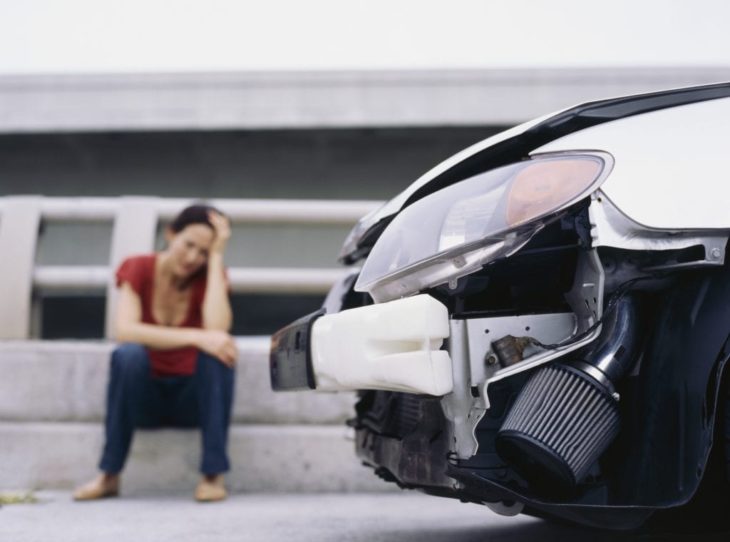
Source: mcmullenanddrury
Most importantly, stay in your car for a few moments after the accident (if safe) and evaluate the other party’s behavior in the collision. Unfortunately, not everyone will do the same as you and someone will not stop after a collision. In that case, you certainly don’t want to get in the way.
After assessing the situation and realizing it is safe, get out and move the car to the side of the road if possible. However, most cars will not work, so in that case, wait for the professionals to come.
2. Check the health of all participants in the crash
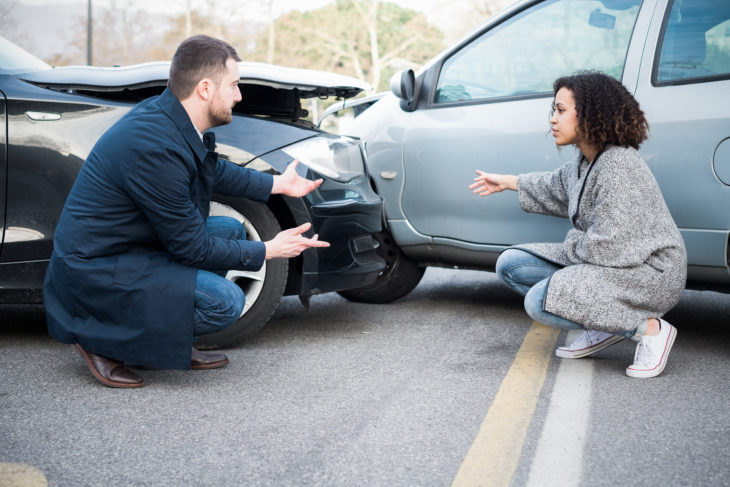
Source: Dallas Car Accident Lawyer
First of all, take a deep breath and stay calm. If you are injured, contact your doctor immediately (record your injuries if necessary). Check with everyone who has been with you and those who may have been involved in the accident, help those in need of an ambulance, but do not move the injured person unless absolutely necessary for their safety.
3. Gather information
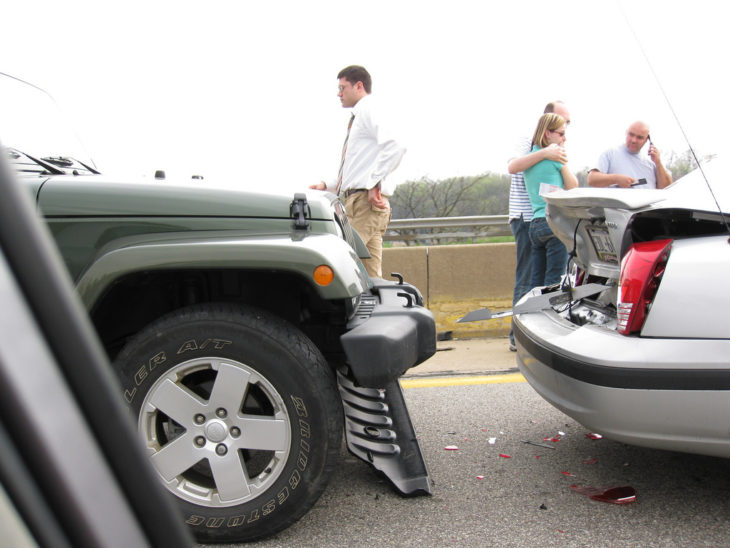
Source: medium
Look at the whole situation objectively. If it’s a rear-end collision, then it’s definitely not your fault. And then it is the duty of the other driver to notify the insurance. However, be careful not to escape from the scene of the collision. First, check that it is not injured, and then begin recording information. But as cordiscosaile.com suggests, even if it’s your fault, don’t think you have no rights.
4. Report the Accident
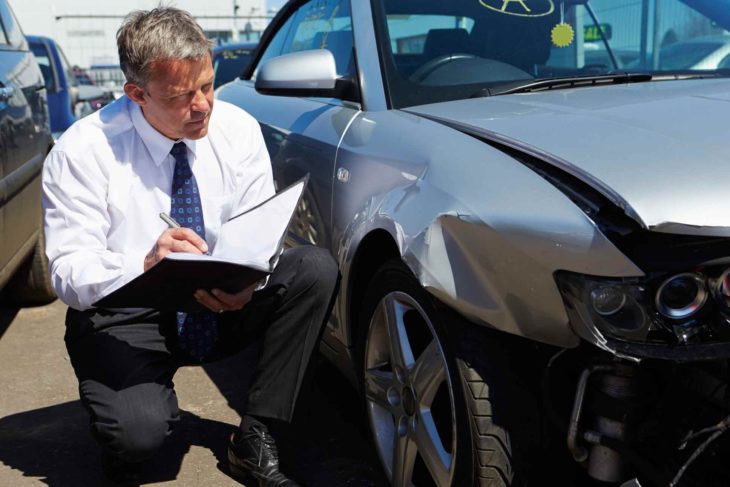
Source: Law Firm
Numerous benefits await you if you follow this step. In this case, you should contact your local authorities for help and your insurance.
Some of the benefits: You get an immediate ambulance, blocking the traffic can be much easier with the local authorities, they will instead move your car from the side of the road and take care of your health on time if needed. Regarding your insurance, you will start the claim immediately and they will represent you by contacting the other party’s insurance and determining exactly what is going on.
5. Call 911
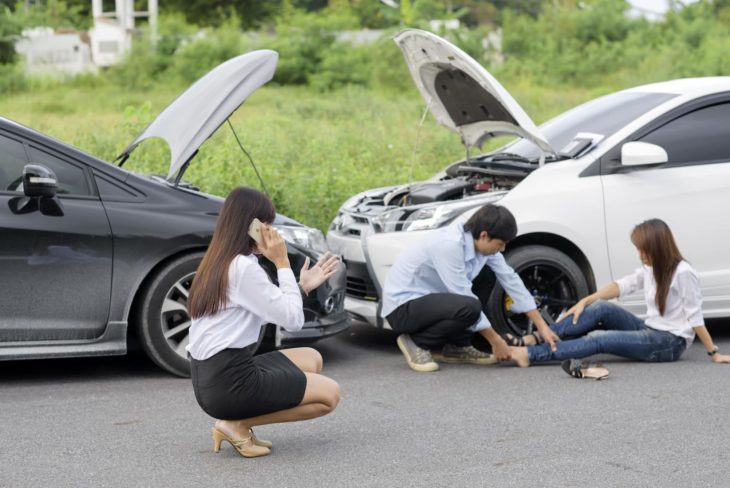
Source: Parrish Law Firm
Professionals can help both sides in a myriad of ways. First, they are objective and represent the law so that they will be fair. Then, they will first neutralize the stressful situation so that they can begin their investigation. It will examine both sides, witnesses and everything else you take on yourself so that you can safely finish the investigation.
Also, they will compile a report that your lawyer can use to your advantage and prove the other party’s mistake.
6. See if there are any witnesses
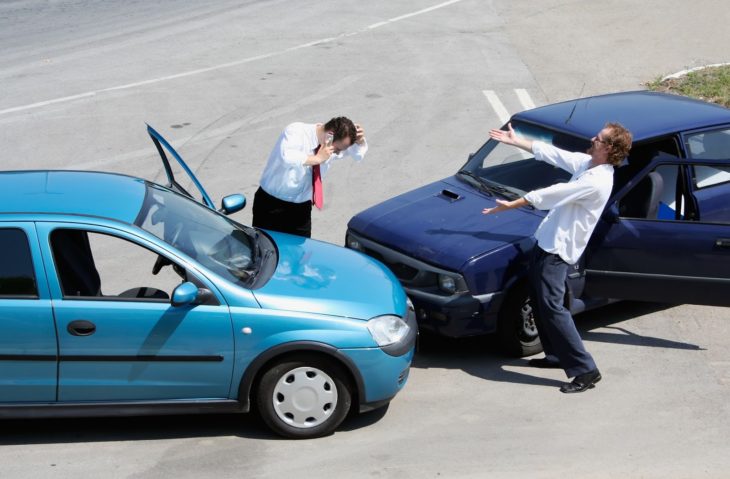
Source: hireacaraccidentlawyer
Traffic accidents can be very upsetting, both for participants and passers-by and bystanders. In most cases there are witnesses.
There will certainly be someone who can handle the situation and will remain in the scene of the accident and report what he saw. Get out of your car and only help if it is safe to do so. So, if you have the opportunity to speak with witnesses, be sure to do so. Maybe they noticed something you didn’t, and if they agreed to stay there until the officers arrived, it would be ideal.
Remember that it is of great importance that you have witness information so that you can attach it to your insurance and attorney. His testimony in the absence of evidence can be decisive.
7. Take a photo
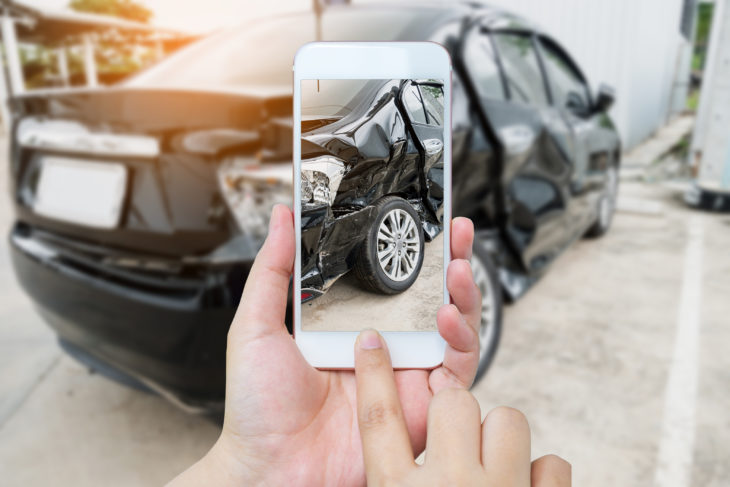
Source: moneywise
It is advisable to have a camera in your vehicle (it is already on most cell phones today) so you can have proof of vehicle position and damage. In case of minor damage, the traffic police does not normally renew the inspection so before removing the vehicles from the road and allowing smooth traffic, it is recommended that you photograph the position of the vehicle (so that the license plates of all vehicles are visible), the location of the accident (both from a larger distances and close proximity) as well as traces of braking, vehicle debris on the road, damage to vehicles… When taking a photo you can remove vehicles.
8. See a doctor
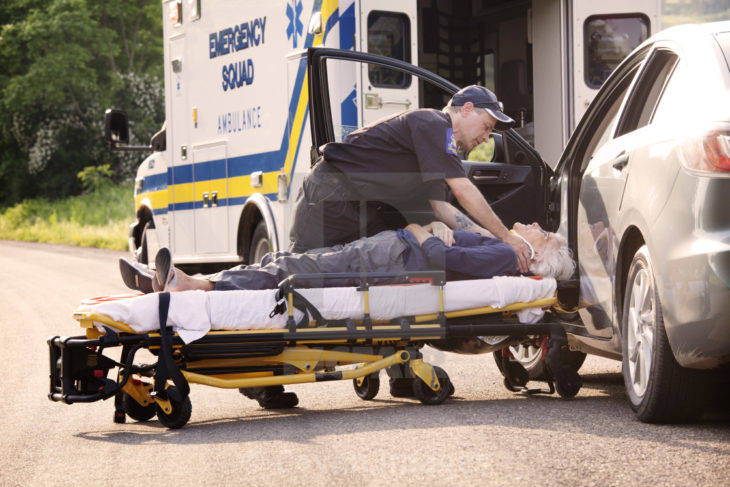
Source: Picfair
Seek medical attention immediately if necessary. They will evaluate the severity of the injury and your treatment will continue accordingly. Medical records can play a huge role in the presentation of evidence, of course in your favor if the injuries are proven to be the result of a collision.
So first the intervention (if necessary) and then the documentation.
9. Contact a lawyer
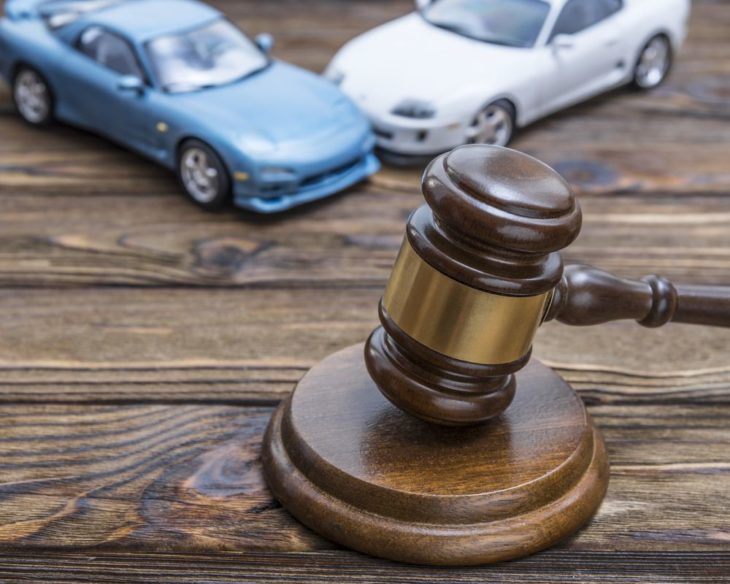
Source: yelp
Having a lawyer is always good, and especially when it comes to things like this. It would be good to have your lawyer instructed from the outset. In this way it will go through unavoidable processes with you, help you and thus you cannot stay legally harmed.
This is of the utmost importance when your claim is denied by the insurance company. With your lawyer, you will create a strategy that will bring you to your desired goal and protect your civil rights. It will also be very important that you have done all the previous steps in the right way.
According to Tork Law the actions you take and the decisions you make after a car accident can be critical to the outcome of your claim, and the amount of compensation you receive”
Conclusion
We hope that this text will serve you for information purposes only and that you will not have the opportunity to put the information gained into practice. Again, if that happens the most important thing is to stay calm and know what you are doing, and these steps will certainly be helpful. Drive with care, think of yourself, but also others in traffic.
